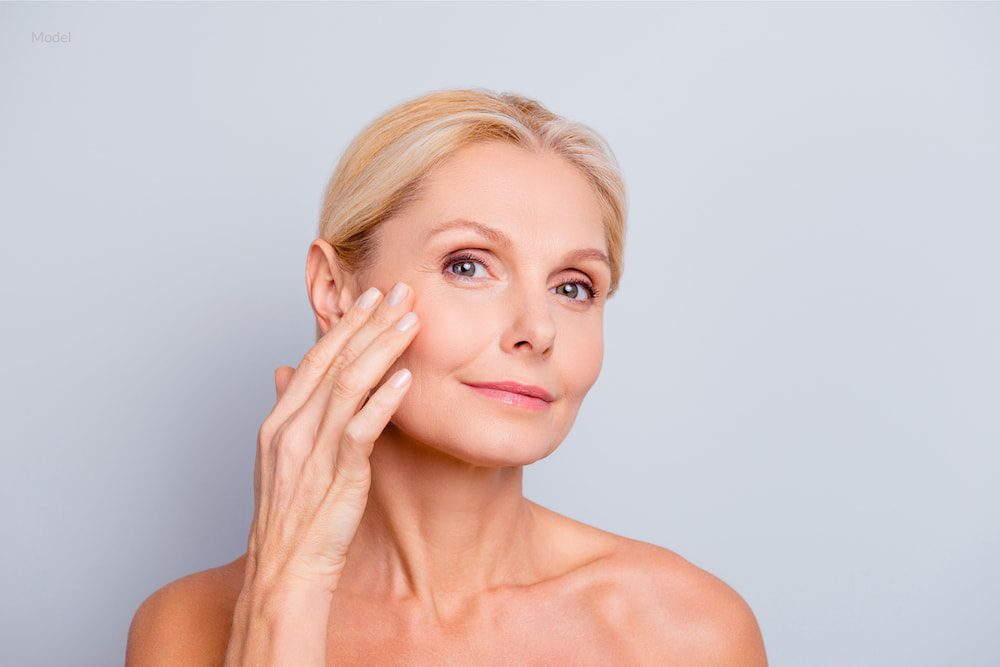Eyelid Surgery, Facelift | The Office of Dr. Vincent Hung
3 Minute Read:
There is no denying that one of the most frustrating parts of plastic surgery is the resulting scars. People choose cosmetic procedures to improve the way they feel about their physical appearance, so it seems contradictory that in order to do that, lasting marks must be made. Surgical scars are far from ideal, but when they are cared for properly they can fade and become less visible.

Plastic surgeons, like Dr. Hung, do everything they can to hide the incisions during the procedure so that the resulting scars are inconspicuous. Unfortunately, this is not always easy, especially when it comes to facial surgery. Your face is always on display, and since most people do not walk around wearing oversized sunglasses or large floppy hats every day, there is a chance that scarring will be noticeable. Even facelift scars that are initially hidden within the hairline can become visible later if the hairline recedes. It is important to start caring for your incisions as soon as you can to keep scars as minimal as possible.
Let the Incisions Rest
Regardless of whether you underwent a facelift, brow lift, blepharoplasty, or reconstructive nose surgery, there will be external incisions. The best way to start your scar minimization process is to leave them alone. The less trauma they experience, the better. Trauma does not only mean an injury; it can also be any excess movement or tension placed on the incision. During the initial stages of your recovery, you want the incisions to rest. Follow all of Dr. Hung’s post-operative instructions, such as when it is alright to wash your face or shower, and how often you should change your bandages. Proper care in the beginning will put you on the path to minimal scarring down the line.
Hide from the Sun
It can be hard to hide your face from the sun, especially during the summer months. Unfortunately, the sun is not good for a healing incision. Sun exposure on a scar that is not entirely healed can result in darker pigmentation that is more difficult to hide.
Invest in Silicone Strips or Gel
Silicone strips and silicone gel are designed to lessen the appearance of scars. They can be applied to the incision as soon as it is completely healed, usually after two or three weeks. Silicone strips are reusable adhesive bandages that are worn over the incision for the majority of the day. At night, you can remove the strip, wash it, and let it dry in preparation for the following day. Silicone gel is applied in the same way as a lotion or cream. When used correctly, silicone strips and gel can start to reduce the appearance of a scar after two or three months.
Be Patient
All scars look bad initially. They are bright red or pink, are often raised, and they stick out like a sore thumb. The appearance of fresh scars is enough to make some men and women regret their surgery. Fortunately, this state is short-lived. All scarring, no matter how bad it looks right after the procedure, will fade with time, sometimes to the point of disappearing altogether. There is no way to know the length of this process, as everyone heals at a different rate. However, you can take comfort in the fact that bright red scars will not stay that way.
For more information on how to take care of your scars or to start your plastic surgery journey, contact Dr. Hung by calling (626) 432-5032 or by filling out our online contact form.
